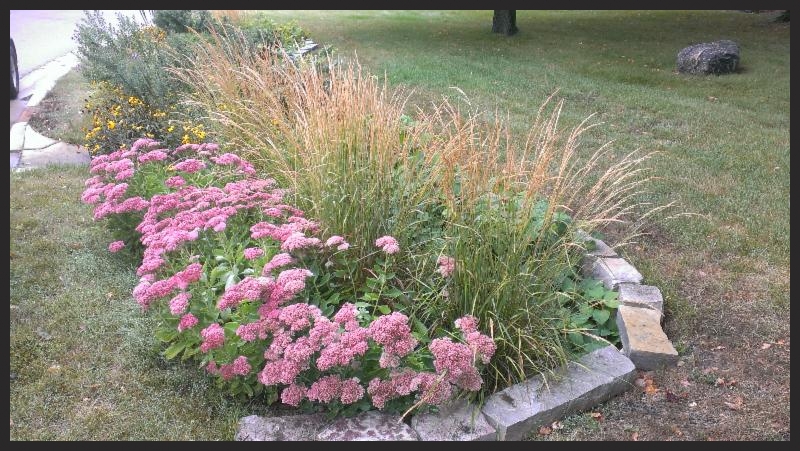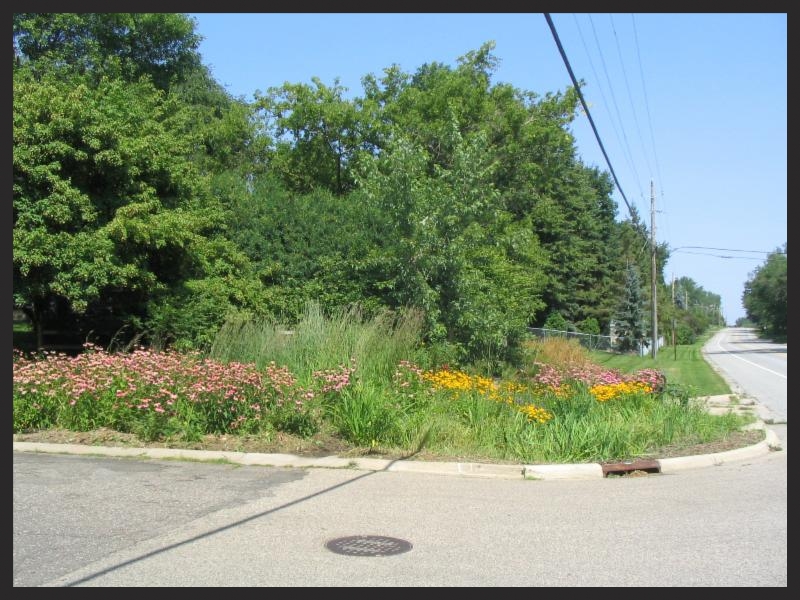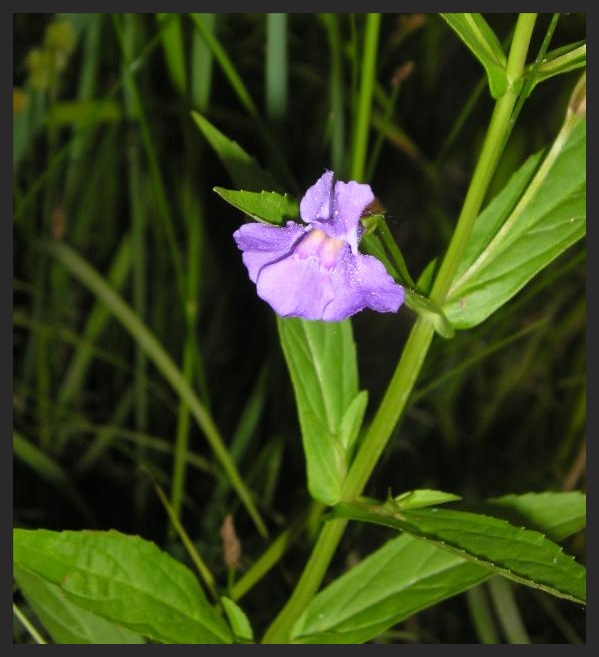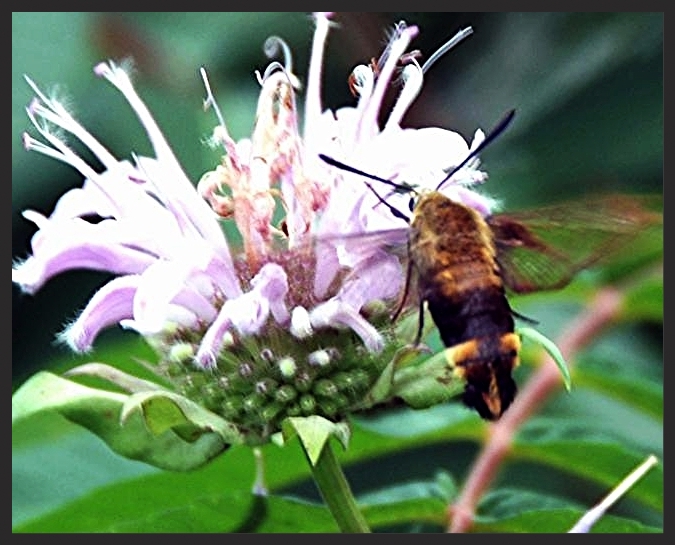|
January Article
|
Plymouth Raingardens
 |
| One of Plymouth's 26 raingardens |
Cities in the metro area are challenged with preserving and improving lake water quality. In developed watersheds, stormwater runs off of hard surfaces and carries chemicals, nutrients, and sediment to our lakes. The City of Plymouth is helping lead the way in effectively managing storm water. The City has numerous projects that function to improve water quality, including catch basin filtration systems in storm sewer drains, lake, pond, and river shoreline restorations, and over 25 neighborhood raingardens. Plymouth has been aggressively promoting rain gardens since 2004.
 |
| Stormwater entering a raingarden |
These raingardens are strategically placed in neighborhoods around Plymouth's cherished Bass, Schmidt, Palmer, and Medicine Lakes. Storm water is directed into these gardens where plants and layers of soil filter the harsh chemicals and nutrients from our roads and driveways. Raingardens even trap large amounts of sediment, helping lakes maintain their clear waters. Natural Shore is very pleased to partner with the City of Plymouth to conduct raingarden and shoreline maintenance that will ensure their continued success.
When asked about the raingardens, Plymouth Water Resources Manager Derek Asche said, "We are trying to take advantage of being able to put these BMPs [Best Management Practices] in areas where it makes the most sense". He went on to say that Schmidt Lake is going to be taken off the DNR's impaired waters list in 2014. This, in part, can be attributed to the raingardens. Other cities in the metro area are taking note of Plymouth's success and are using their program as an effective model.
 |
| Gorgeous flowers add color and beauty to these Plymouth neighborhoods. |
Homeowners around these lakes also appreciate the added beauty and curb appeal of these raingardens, and appreciate the maintenance provided by Natural Shore. The consistent maintenance of these raingardens by our staff is crucial for their effectiveness in filtering contaminants to improve water quality. Natural Shore is currently expanding our raingarden maintenance program, using the methods we've established with Plymouth. Our knowledgeable staff is ready to talk to you about maintenance and how it can benefit your raingarden or shoreline. To learn more about raingardens, visit our blog here!
|
|
Native Plant of the Month
|
Monkey Flower

Mimulus ringens
Moisture: wet or moist
Exposure: Full or Partial Sun
Bloom: July-August
Color: Lavender
Height: 1-3 ft.
A plant with smooth square stems, opposite leaves and a root system of taproots and rhizomes. The snapdragon-like flowers are blue-violet with a yellow patch on the throat. Monkey Flower grows best in part shade but can also grow in full sun. Found in swampy areas, stream banks, wet meadows, and wet woods. It thrives in wet habitats that have moist to wet rich loam soils. Bumblebees get nectar from the flowers. The leaves are also a larval food source for butterflies. Native Americans and early settlers used the plant for medicine and leaves as edible greens. Other common names are Allegheny monkey flower, square-stemmed monkey flower, and ringen monkey flower.
|
|
Invasive Plant of the Month
|

Queen Ann's Lace
Daucus carota
Exposure: Partial Shade/ Full Sun
Moisture: Dry
Height: 1-3.5 feet
Blooms: June-December
Description: This is a biennial native to Asia and Europe that is in the carrot family, often times being called Wild Carrot. It is often found in open fields, along roadsides, or edges of woodlands and parks. The flowers are white and formed into umbels that give it its "lace" appearance. This plant forms a rosette of leaves that resembles a garden carrot the first year which will expand to the stem and flower the second year. The leaves start right under the flower and increase in size traveling down the stem. They are alternate and lobed, looking almost like fern leaves. Management strategies include continual mowing of the vegetation, hand pulling small infestations, or select treatments of herbicide.
|

Snowberry Clearwing
Hemaris diffinis
Range: Most of the United States
Habitat: Streambanks, gardens, open fields
Identification: The Snowberry Clearwing's colors mimic a bumble bee (sometimes called the Bumblebee Moth), with golden body and black stripes. Wings are clear with brown around the outside edges. Legs are black which distinguish it from other clearwing moth species. It also can be identified by a black band under their eyes. The caterpillar is greenish-yellow with spots that look like white eyes with black pupils. They also have a black horn on their tail. Host plants for this caterpillar are our native shrubs the bush honeysuckle, snowberry, and hemp dogbane.
Pollination: Snowberry Clearwings love to feed on nectar from native plants such as Bergamot (above), Liatris species, Milkweed species, Bush Honeysuckle, and Hemp Dogbane.
|
|
|
Our Retail Nursery will open in May!
Click and visit our website for current
|
Natural Shore is now hosting FREE field trips for Garden Clubs with 10 or more members. Come join our Native Plant Specialist Shirley Mah Kooyman for a 1 hour lecture and tour of our retail nursery in Maple Plain! Your club will get an up close experience learning more about Minnesota Natives!
Choose from one of the following lectures:
- Minnesota's Native Plants: A Sampling for Your Garden
- Landscaping with Native Plants
- Top 30 Native Plants for your Garden
|
|
 |
|